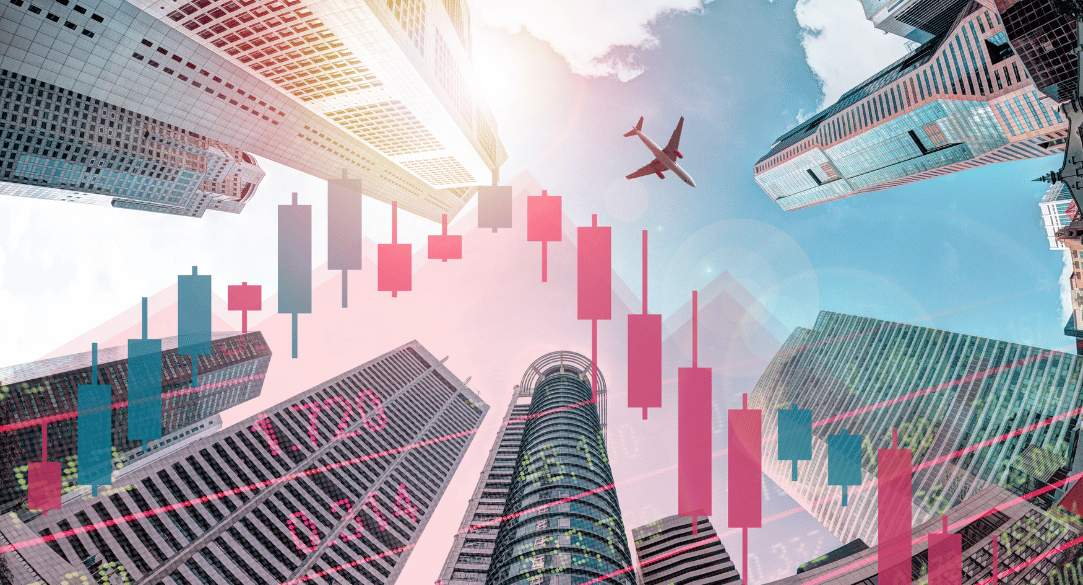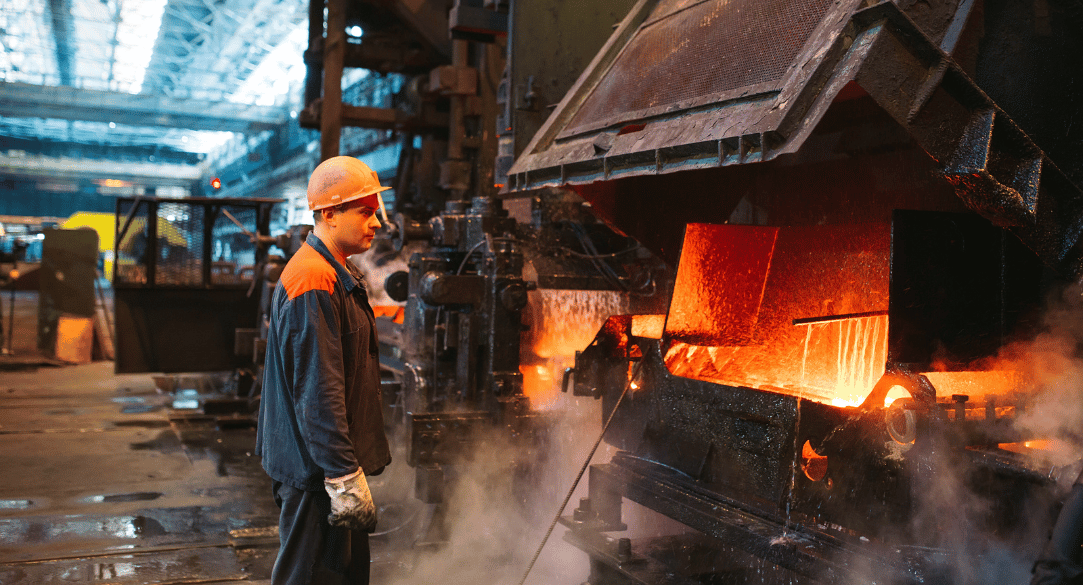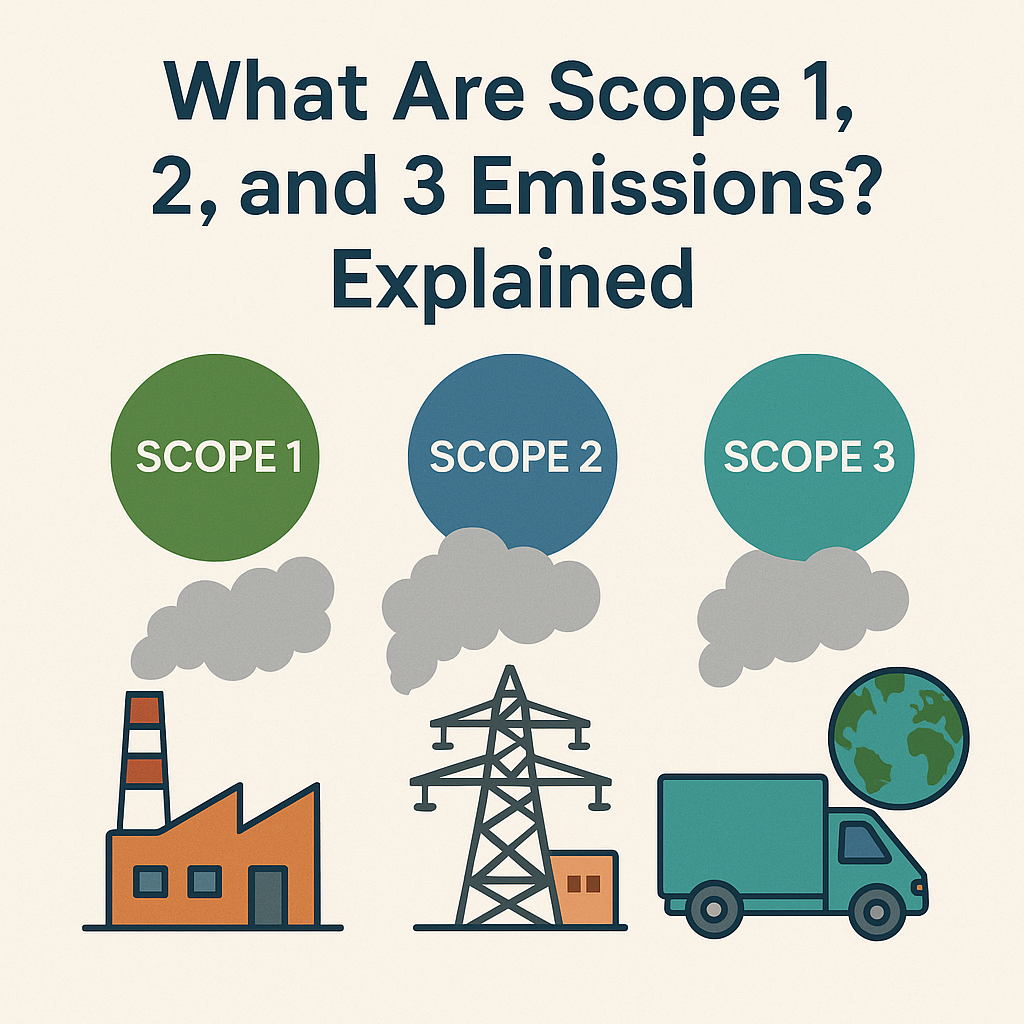Introduction
In a world marked by relentless change and innovation, one megatrend is emerging as the defining challenge of our era: decarbonisation. This global shift towards a low-carbon economy is no longer a matter of choice; it's an imperative that touches every aspect of business, society, and our shared future. In this article, we will delve into the urgency of decarbonisation, exploring the financial and societal risks of inaction while providing clear, data-driven insights that will resonate.
Part 1: Understanding the Urgency
The Climate Crisis - A Reality Check
Our journey begins with a stark reality check. The planet is warming, and the consequences are becoming increasingly evident. Extreme weather events, rising sea levels, and disrupted ecosystems are no longer distant concerns but pressing issues that demand our attention.
As of now, the world is on course to warm by a devastating 2.7°C by the end of this century, far exceeding the Paris Agreement's target of 1.5°C. This trajectory poses an existential threat to our way of life and the stability of our economies. The urgency lies in our collective responsibility to limit global warming and mitigate its impacts.
The Economic Toll of Inaction
To fully grasp the urgency, let's examine the economic toll of inaction. The financial risks of climate change are no longer theoretical; they are quantifiable and substantial.
According to the International Monetary Fund (IMF), further delays in implementing climate policies will directly hinder economic growth. Delaying action today comes at the cost of a diminished economic future, with global GDP per capita projected to decrease by 7% by the year 2100 due to business-as-usual carbon emissions.
In practical terms, this means that every day we postpone decisive decarbonisation measures, we are compromising our economic prosperity. The time to act is now.

Part 2: The Business Imperative
Decarbonisation as a Megatrend
Much like digitisation transformed industries over the past few decades, decarbonisation is the new megatrend sweeping across global financial markets. It's not a matter of industry; it's a matter of survival and relevance for businesses of all types and sizes.
Consider this: JPMorgan's Head of the Center for Carbon Transition, Rama Variankaval, emphasizes that decarbonisation is set to impact every business model, from energy companies to consumer products and retail. It's not a trend that can be ignored, and it requires strategic alignment and significant efforts to remain competitive in the evolving business landscape.
The Role of Regulations
One driving force behind this urgency is the evolving regulatory landscape. The Paris Climate Agreement of 2015 was a turning point, setting clear targets for limiting global warming. Countries around the world are translating these commitments into stringent regulations that businesses must adhere to. Non-compliance poses not only legal risks but also reputational risks that can erode trust and consumer loyalty.
Moreover, the Biden administration's Inflation Reduction Act of 2022 in the United States has accelerated the flow of capital into decarbonisation and low-carbon technologies. This landmark legislation lowered the net cost of capital for decarbonisation technology companies, making it a financially savvy move to invest in clean energy.

Part 3: The Societal Imperative
People-Centered Decarbonisation
Decarbonisation isn't just about numbers and regulations; it's about people. A successful transition to a low-carbon economy must prioritize the well-being of individuals and communities. This human-centered approach is crucial for garnering support and ensuring a just and equitable transition.
To maximize success, building owners and businesses should adopt holistic, long-term approaches that support the needs, health, and well-being of their occupants. This includes electrifying heat sources, sourcing renewable energy, and building smart, sustainable structures that enhance the quality of life for employees and customers alike.
Societal Costs of Climate Change
The urgency of decarbonisation is amplified when we consider the societal costs of climate change. Extreme weather events, food scarcity, and displacement of communities are just a few of the consequences we face.
For instance, the business-as-usual carbon emissions scenario could result in over 10% loss of incomes in countries like Canada and the United States. The economic impact ripples through societies, affecting livelihoods, well-being, and stability.
Delaying action today comes at the cost of a diminished economic future, with global GDP per capita projected to decrease by 7% by the year 2100 due to business-as-usual carbon emissions.
Part 4: The Path to Decarbonisation
The Technology and Tools Exist
Here's the good news: the technology, systems, and means to achieve decarbonisation exist today. We don't need to wait for groundbreaking innovations; we have the tools at our disposal. Retrofitting existing buildings, for example, is the quickest and most cost-effective way to accelerate decarbonisation in the built environment.
This approach involves upgrading building assets, such as implementing solar photovoltaic panels, creating green spaces, adopting smart glass for daylighting, providing cycle storage, and embracing heat pumps and electric vehicle charging infrastructure. These upgrades not only reduce emissions but also enhance efficiency and sustainability.
Financial Considerations
While the transition to a low-carbon economy may involve initial costs, it's essential to recognize the long-term financial benefits. A study by PwC predicts that asset managers globally will increase their Environmental, Social, and Governance (ESG)-related assets under management to nearly $34 trillion by 2026. Forward-thinking businesses that align with decarbonisation efforts stand to benefit from this shift in investor sentiment.
Furthermore, a holistic financial approach should consider not only the costs of decarbonisation but also the economic impacts of climate change itself. Mitigating climate risks can lead to increased standards of living, reduced conflicts over resources, and enhanced economic stability.
Part 5: Decarbonisation, A Holistic Approach
Decarbonisation isn't a solitary act but a comprehensive strategy that permeates every facet of our lives. It's about transforming industries, rethinking transportation, and even altering our daily habits.
Industry Segment: The 80-90% Challenge
The industry segment of the energy sector is a formidable contributor to carbon emissions, responsible for a significant chunk. To achieve meaningful decarbonisation, industries such as ammonia, cement, ethylene, and steel must embark on a journey to reduce emissions by a staggering 80-90%.
This journey involves a multifaceted approach, including enhancing energy efficiency, adopting electric production of heat, harnessing hydrogen and biomass as feedstock or fuel, and employing carbon sequestration techniques. The path to decarbonisation in the industry sector may seem arduous, but the cost of inaction is far greater.
Transport Segment: A Road to Change
The transport sector is another heavyweight in the carbon conundrum, with global GHG emissions from transportation projected to escalate to 50-60% of total emissions by 2050. While the segment currently relies heavily on fossil fuels, renewable energy sources offer a viable escape route.
The avoid-shift-improve approach beckons the transport sector toward decarbonisation. This strategy entails transitioning to clean-energy fuels and enhancing vehicle efficiency. Electric vehicles and alternative fuels are no longer futuristic dreams but practical solutions that can redefine the transportation landscape.
Building Segment: Where Efficiency Matters
Buildings account for approximately one-third of global energy consumption, and this figure is poised to surge in the coming years. The building sector must pivot towards decarbonisation by adopting strategies that mitigate GHG emissions.
These strategies encompass implementing green building standards, embracing energy-efficient equipment, harnessing decentralized renewable-energy systems, installing smart building management systems, and developing structures with low energy consumption profiles.

PART 6 - Digital Transformation: The Decarbonissation Enabler
New technologies are pivotal in the journey towards decarbonisation, serving as catalysts for change and enablers of sustainable practices. Their importance cannot be overstated, as they offer practical solutions to reduce greenhouse gas emissions, enhance energy efficiency, and drive the transition to a low-carbon economy.
Energy Efficiency and Smart Technologies:
- Building Energy Management: Smart building technologies, including advanced sensors and automation, can reduce energy consumption significantly. The global market for building energy management systems is expected to reach $14.4 billion by 2027, driven by the need for energy-efficient buildings. (Source: Grand View Research)
- Industrial Automation: In industries, the adoption of automation technologies can optimize processes, reduce energy waste, and minimize emissions. The industrial automation market is projected to reach $320 billion by 2027. (Source: Fortune Business Insights)
- Advanced Carbon Accounting Platforms: advanced carbon accounting platforms like Carbon Analytics offer practical tools for organisations. These platforms help in precisely measuring and monitoring carbon emissions throughout the supply chain. By providing real-time insights and comprehensive data analytics, Carbon Analytics assists businesses in identifying emission hotspots and implementing targeted reduction strategies. This contributes to regulatory compliance and supports sustainability goals, fostering responsible business practices in line with environmental objectives.
Digital Transformation:
- AI and IoT: Artificial intelligence (AI) and the Internet of Things (IoT) are revolutionising energy management. AI-driven algorithms optimize energy consumption in real-time, reducing waste. By 2040, AI in the global energy market is estimated to be worth $52.9 billion. (Source: MarketsandMarkets)
- Blockchain: Blockchain technology is being applied to enhance transparency and traceability in energy supply chains. It facilitates the creation of decentralized, peer-to-peer energy trading platforms. Blockchain in energy is projected to reach $6.29 billion by 2026. (Source: MarketsandMarkets)
Part 7: Global Leaders: Countries Paving the Way to Net Zero
Several countries are forging ahead in the race toward net-zero emissions. These nations are investing in renewable energy, energy efficiency, and innovative decarbonisation strategies:
Norway: A Global Leader in Renewables
Norway, despite its status as a leading oil and gas producer, is pioneering the renewable energy frontier. The nation has set its sights on becoming carbon neutral by 2050 and is making substantial progress toward this goal.
United Kingdom: A Beacon of Energy Efficiency
The UK is committed to achieving net-zero emissions by 2050. Substantial investments in renewable energy, energy efficiency, and decarbonisation of transportation and buildings are propelling the nation toward this target.
France: A Nuclear Advocate
France's prowess in nuclear power positions it as a potent player in the quest for net-zero emissions. The nation is striving to reach this goal by 2050, with nuclear energy playing a pivotal role.
China: Balancing Emissions and Renewables
China, the world's largest greenhouse gas emitter, is investing heavily in renewables and energy efficiency. The nation aims to peak emissions by 2030 and achieve carbon neutrality by 2060.
India: Aiming for Net Zero by 2070
India, the world's third-largest greenhouse gas emitter, is pursuing an aggressive path toward net-zero emissions by 2070. The nation is investing extensively in renewables and energy efficiency.
The industrial automation market is projected to reach $320 billion by 2027.
PART 8 - The Blueprint to Net Zero
Achieving net-zero emissions is no small feat, but the blueprint is clear:
- Transition to Clean Energy: Embrace renewable energy sources like solar and wind power, not just as a moral imperative but as a strategic financial move.
- Enhance Efficiency: Improve energy efficiency across industries and buildings, ensuring resources are used wisely and waste is minimized.
- Innovate and Collaborate: Develop and deploy new technologies, collaborate with industry peers, and share best practices to accelerate decarbonisation.
- Change Habits: Encourage changes in lifestyles, such as reducing reliance on personal vehicles, adopting sustainable diets, and reducing waste.
Conclusion:
In conclusion, the urgency of decarbonisation is not a distant concern but an immediate and pressing reality. It's a megatrend that transcends industries and impacts businesses, societies, and individuals alike. The financial and societal risks of inaction are well-documented and substantial, and the time to act is now.
Business leaders must recognize that decarbonisation is not just a moral obligation but a strategic imperative. It's an opportunity to future-proof their organisations, access new markets, and contribute to a sustainable, equitable, and prosperous future for all.
The path to decarbonisation is clear, and the tools are at our disposal. It's time to embrace this journey, build the business case, and take meaningful actions that propel us towards a low-carbon, sustainable future. The clock is ticking, and the choice is clear: act now or bear the consequences of inaction.



